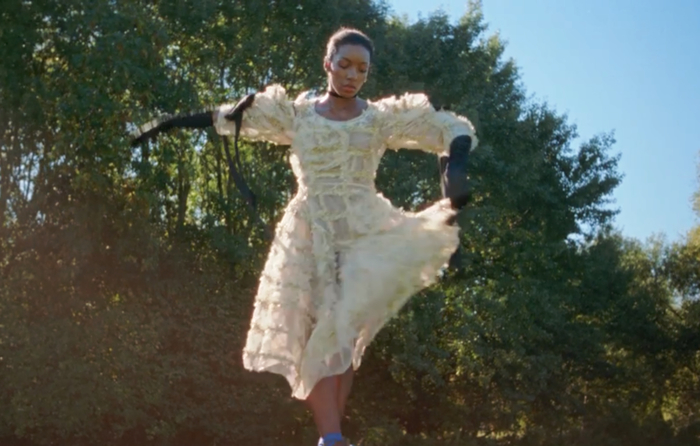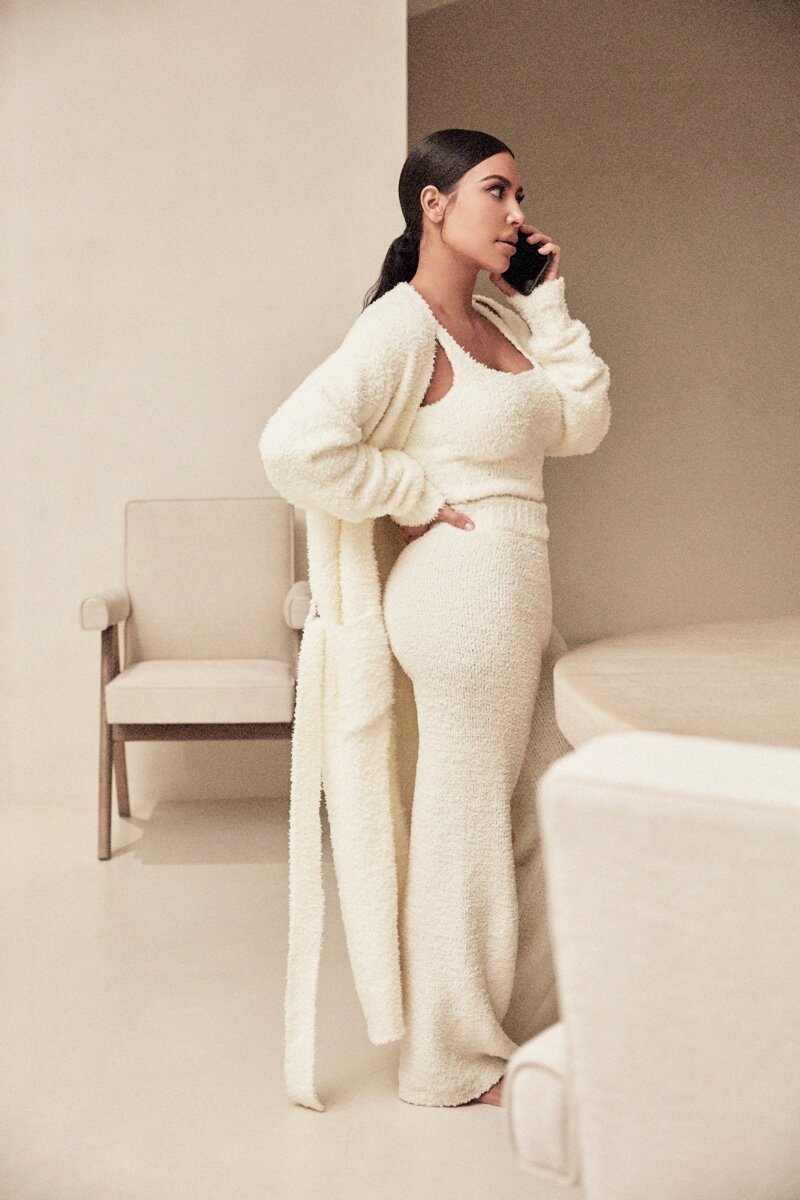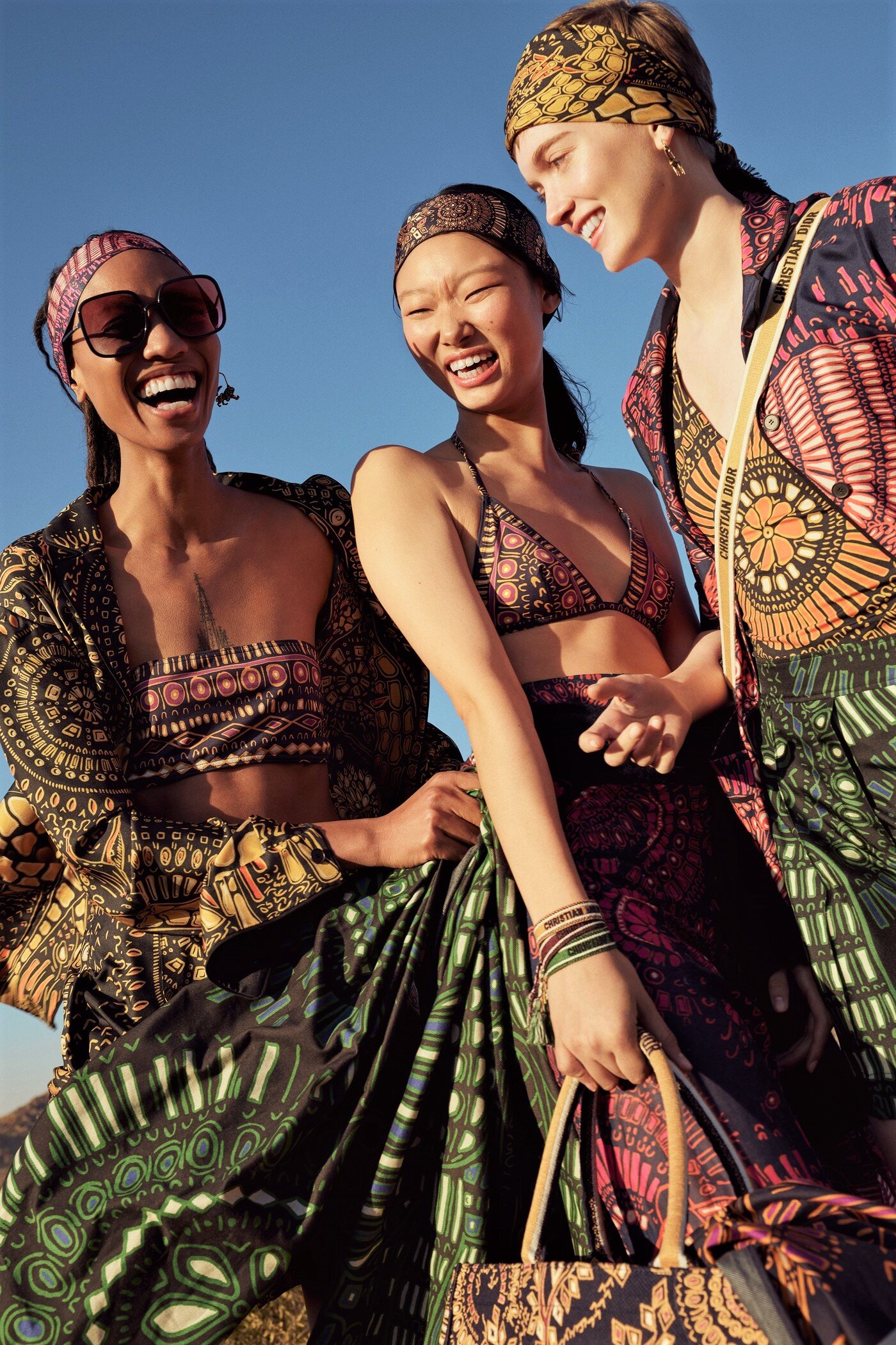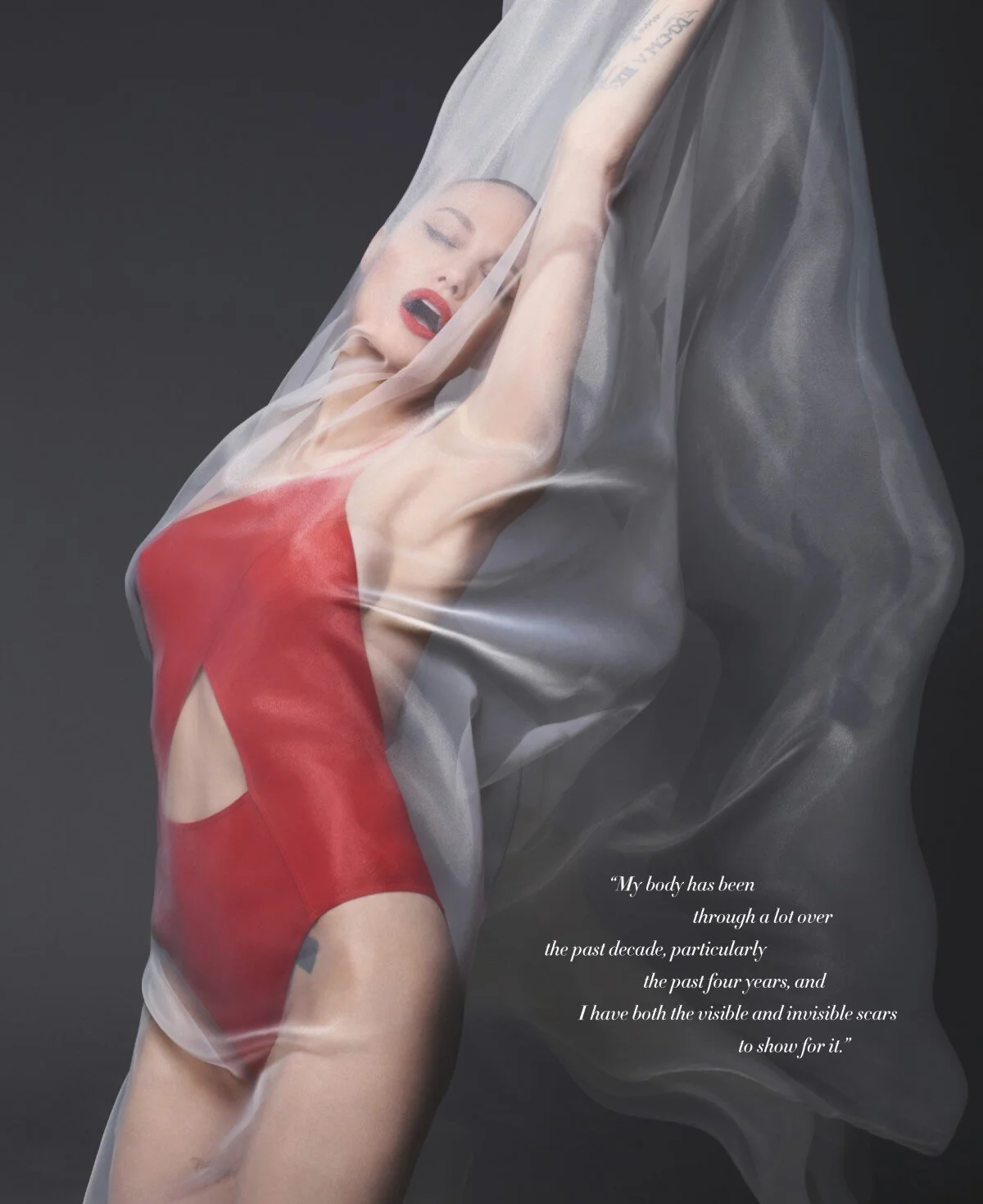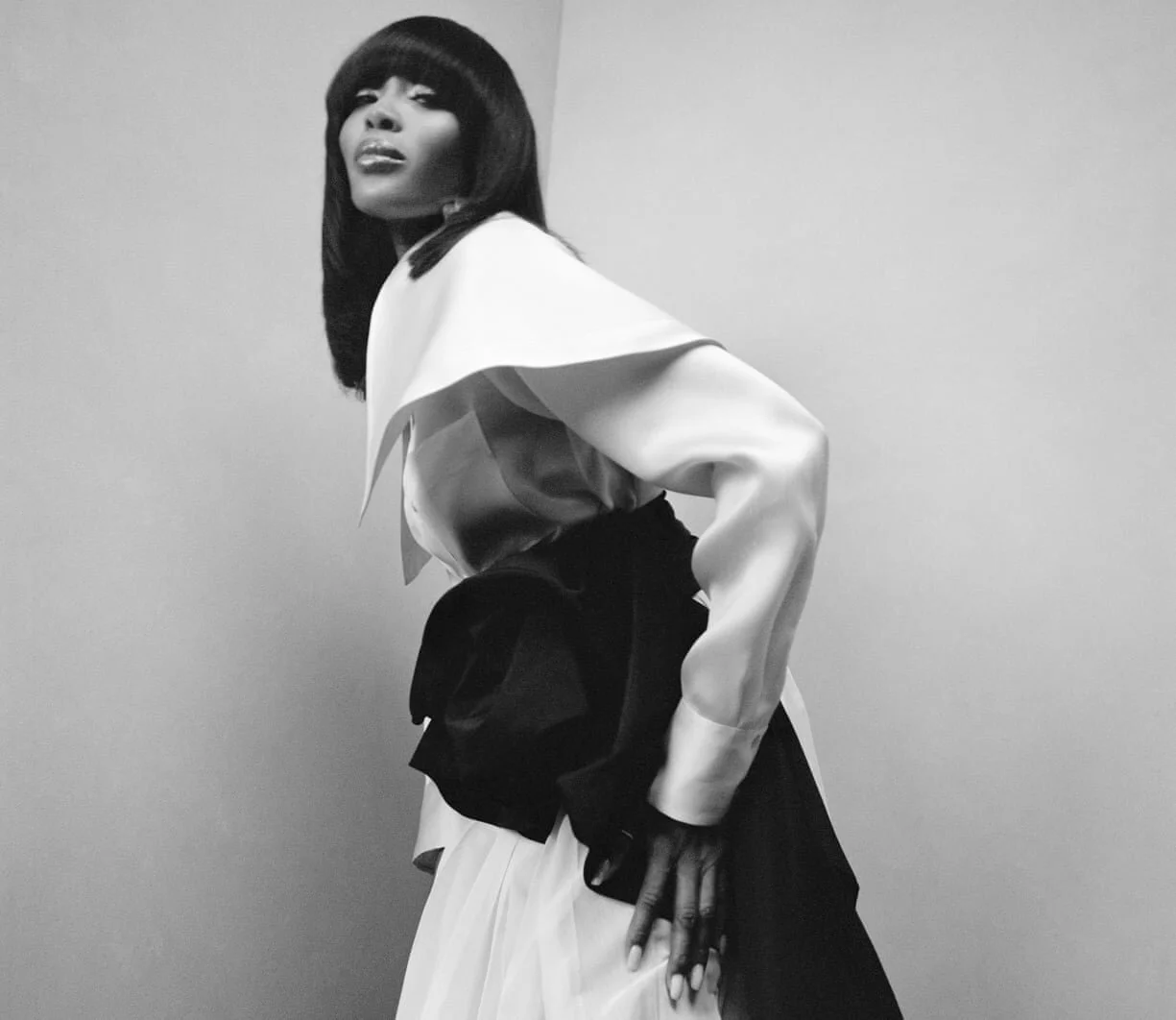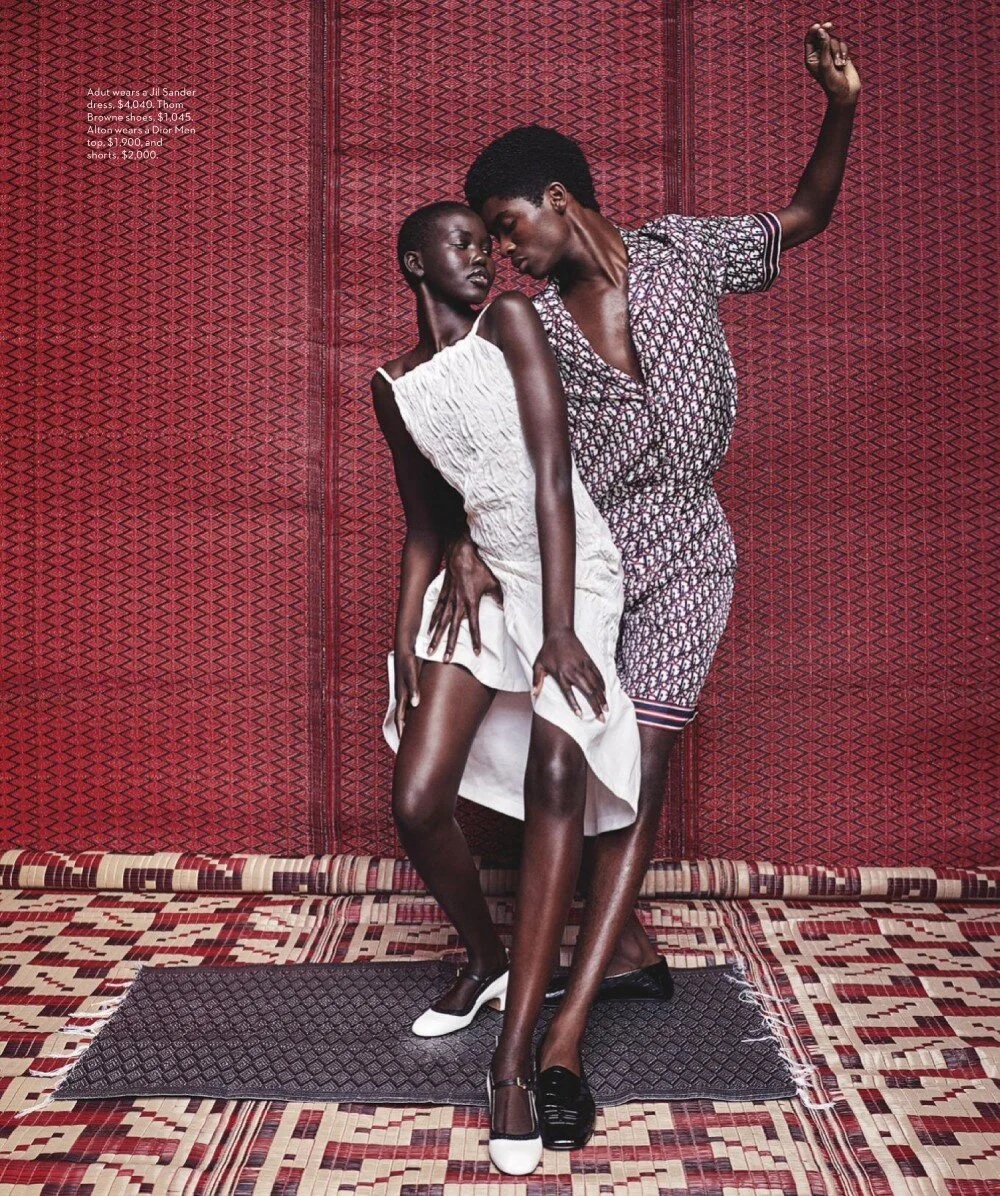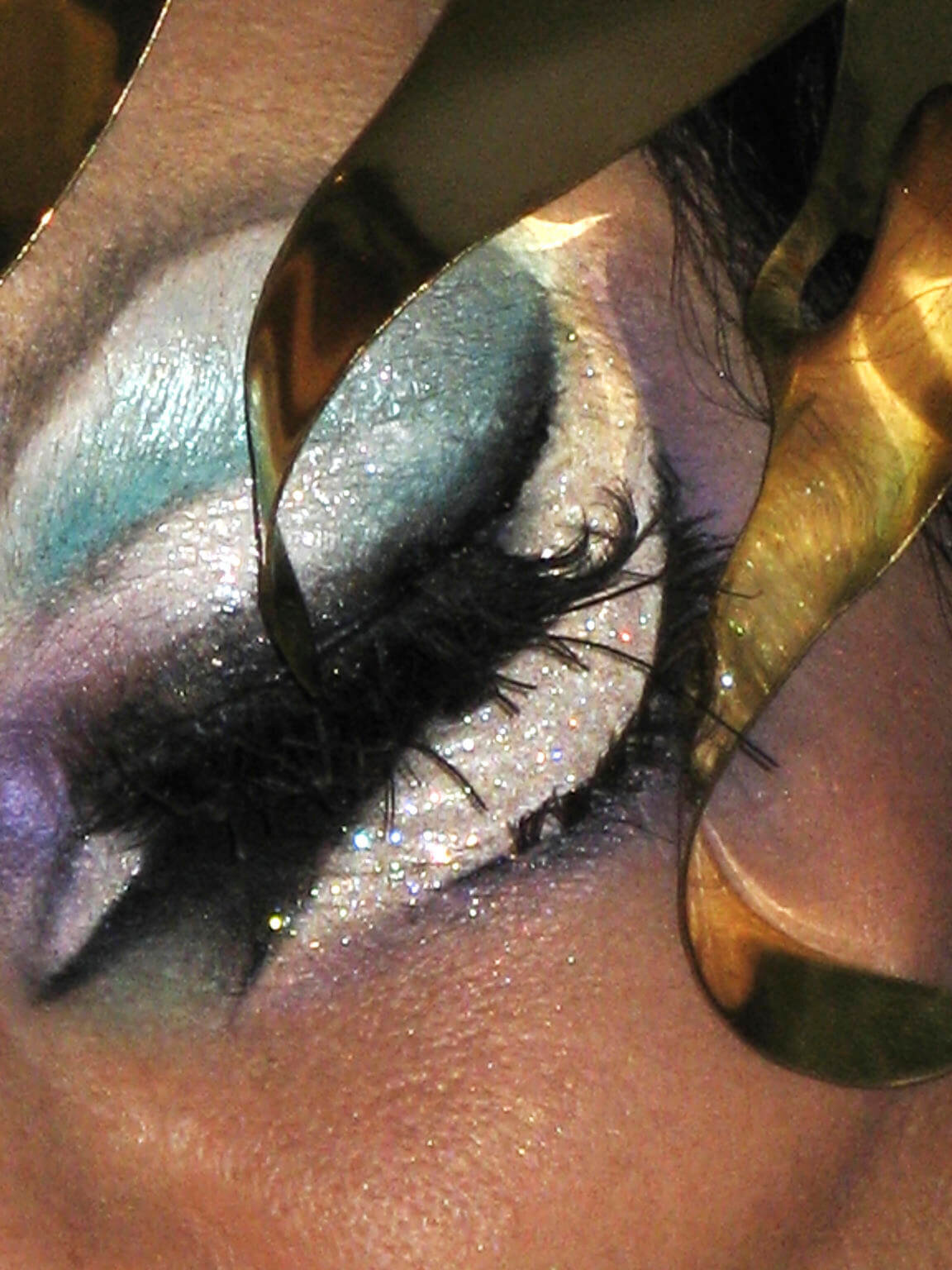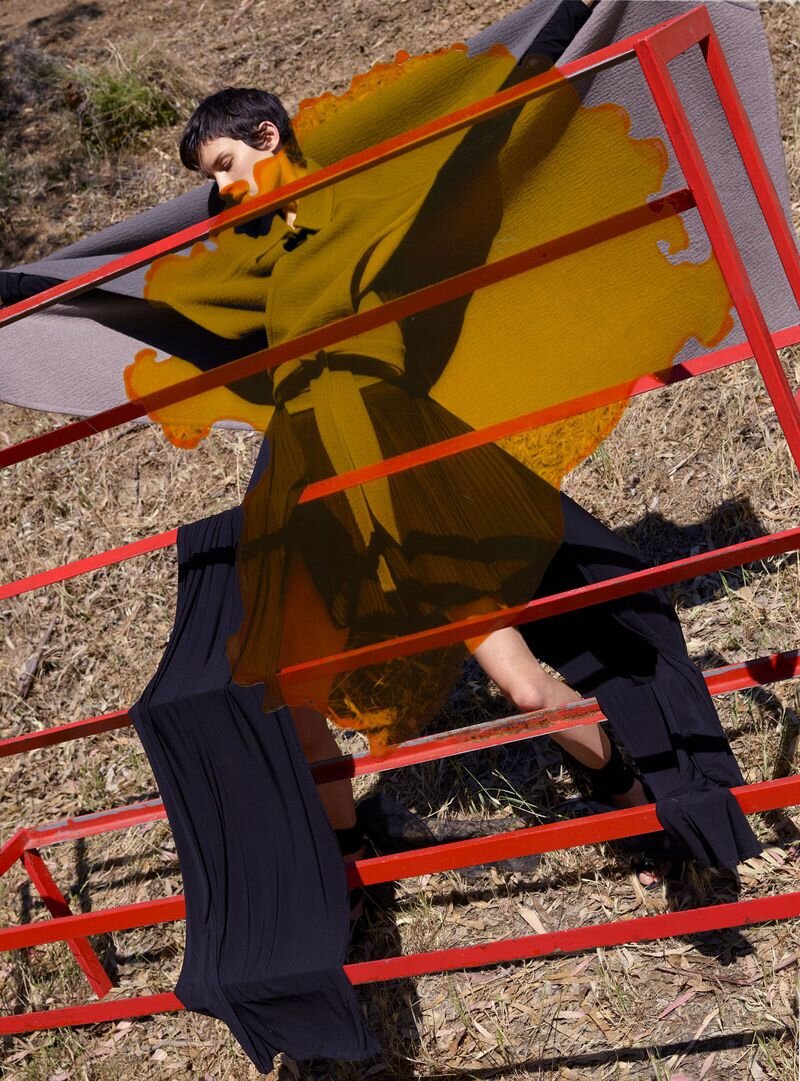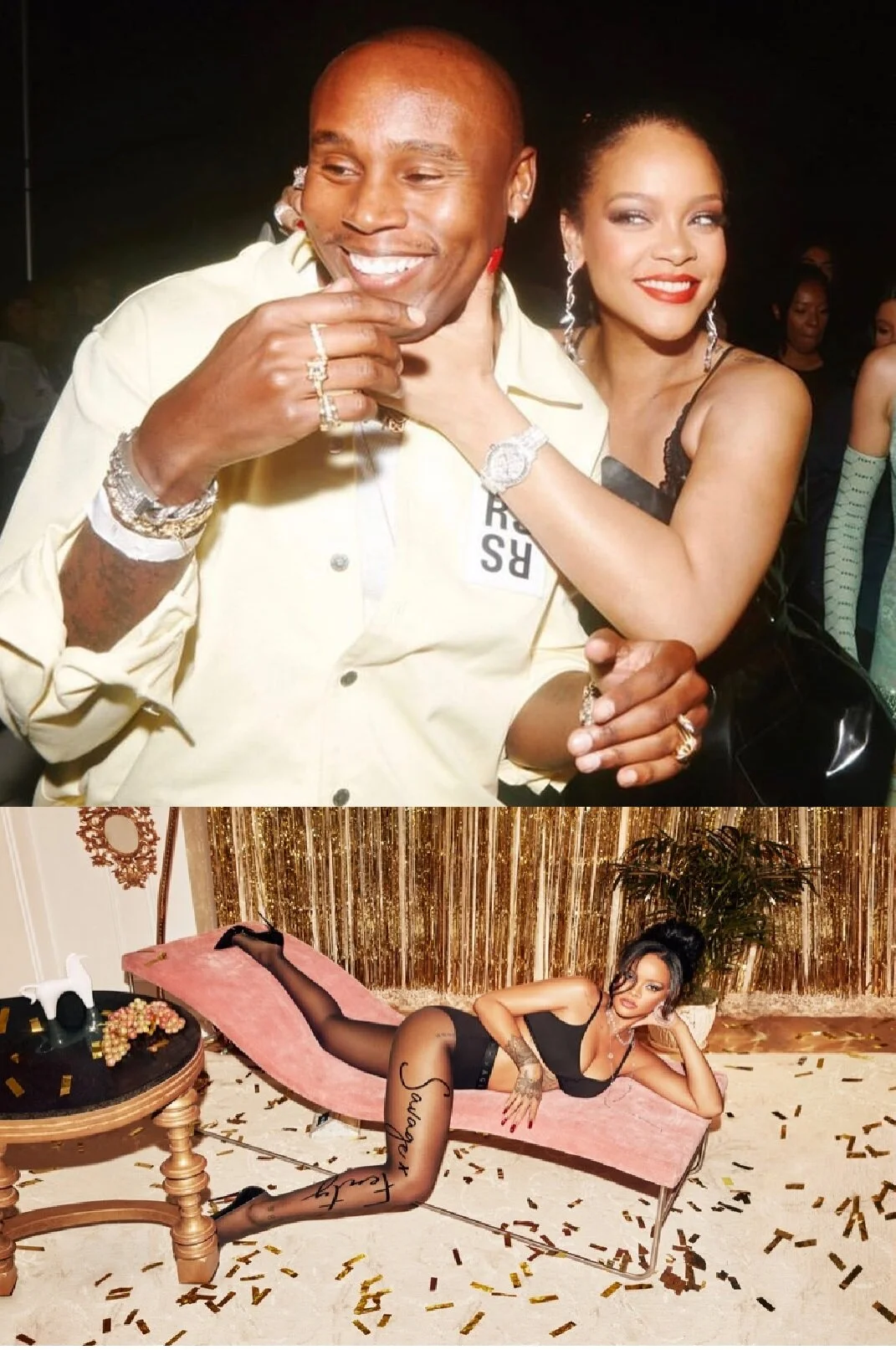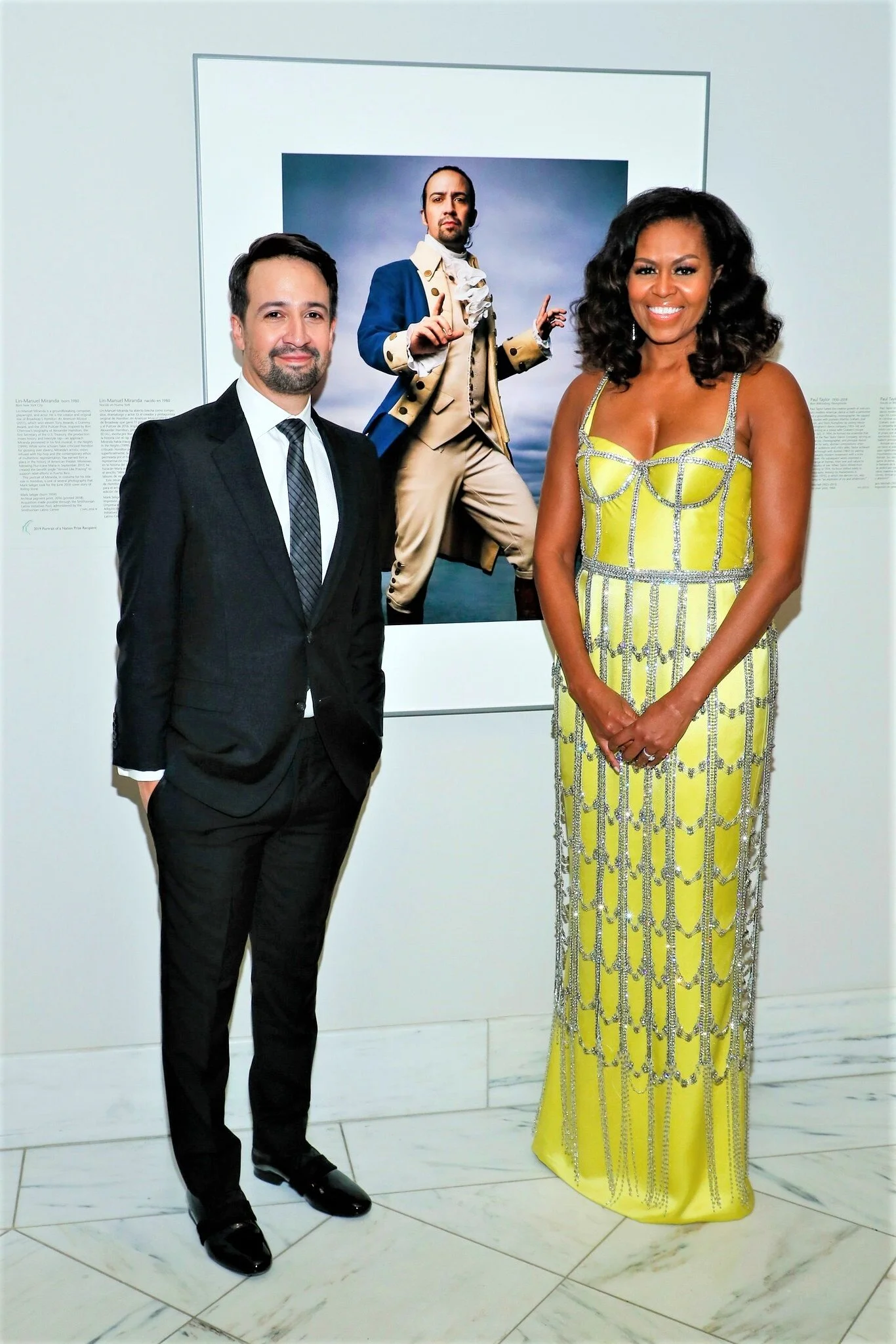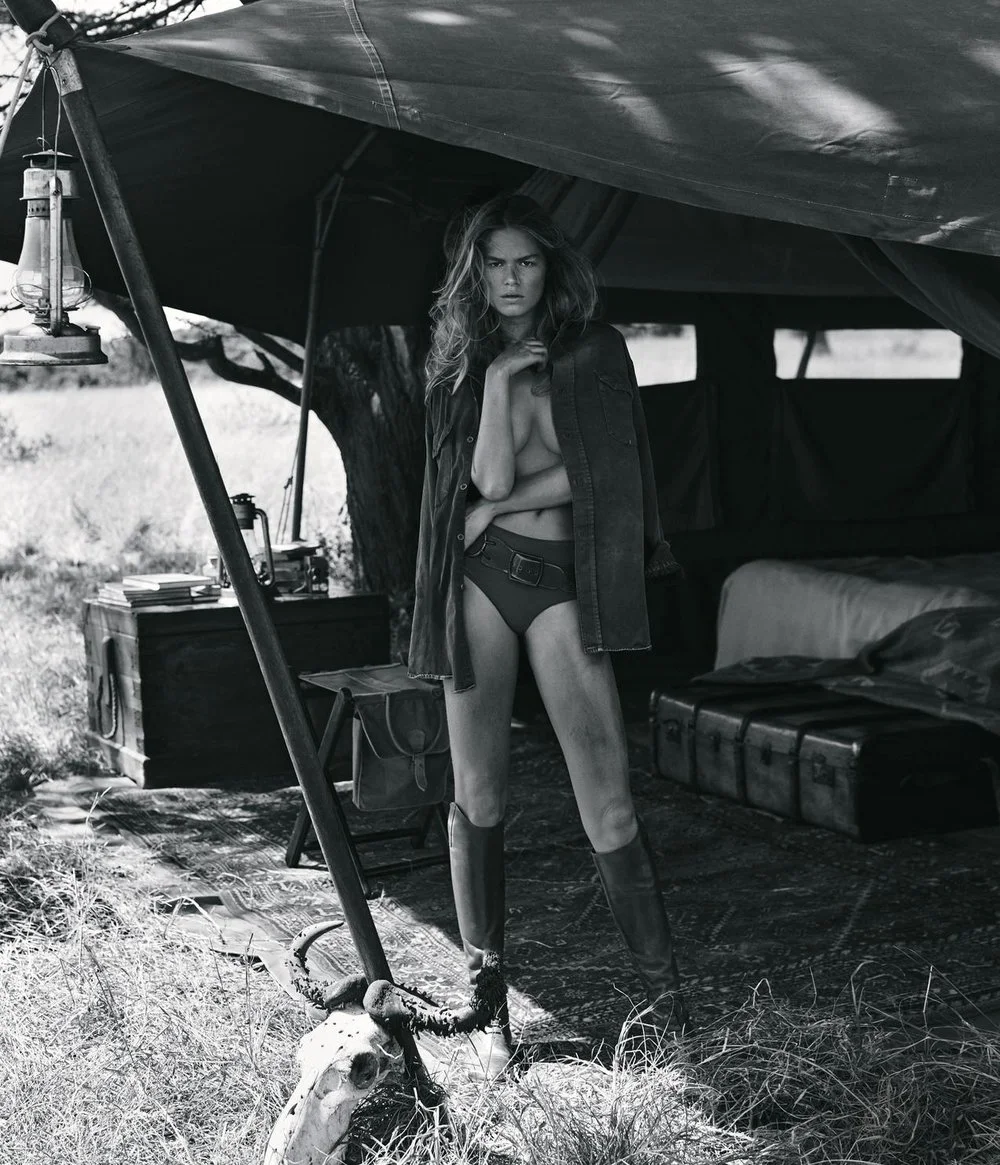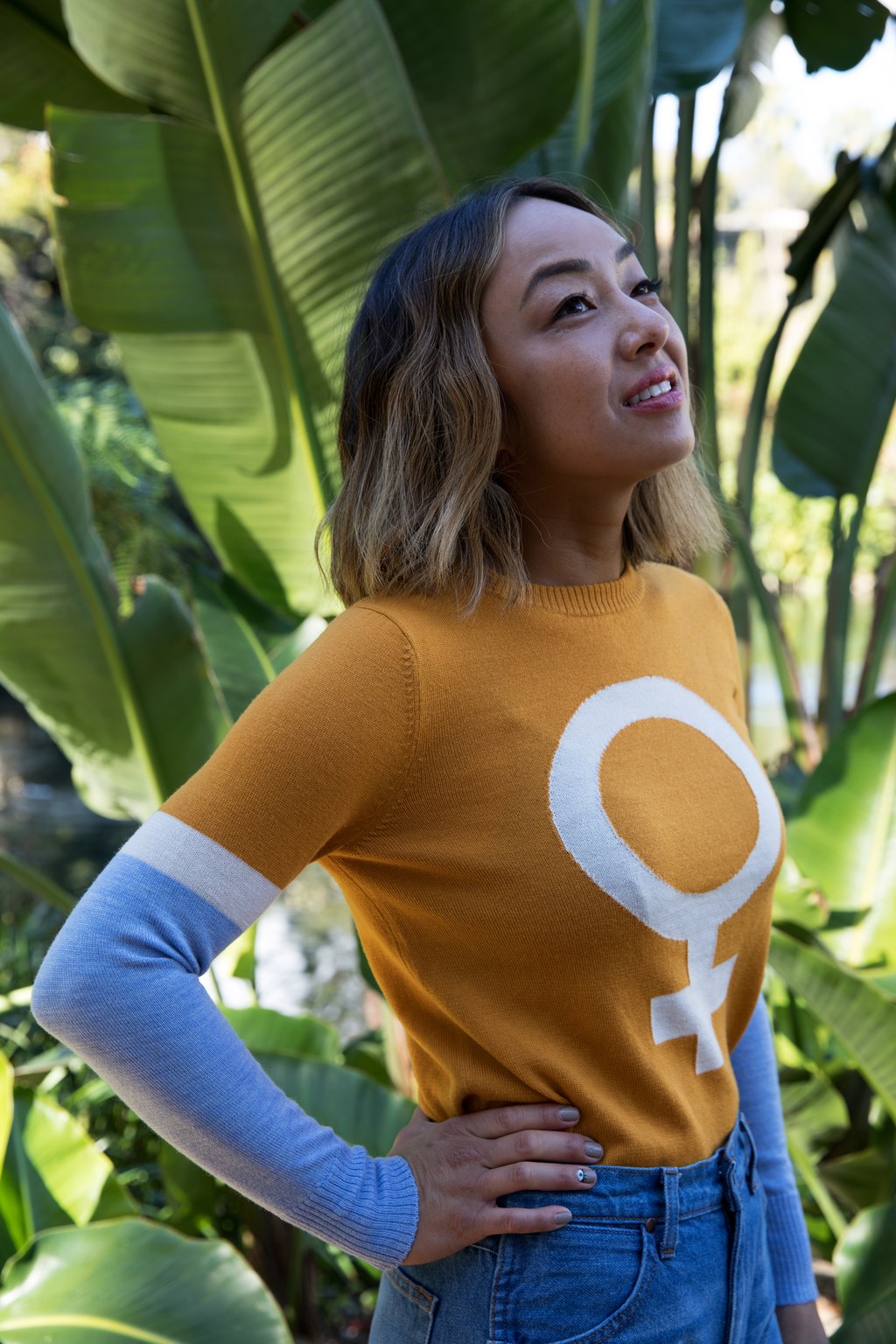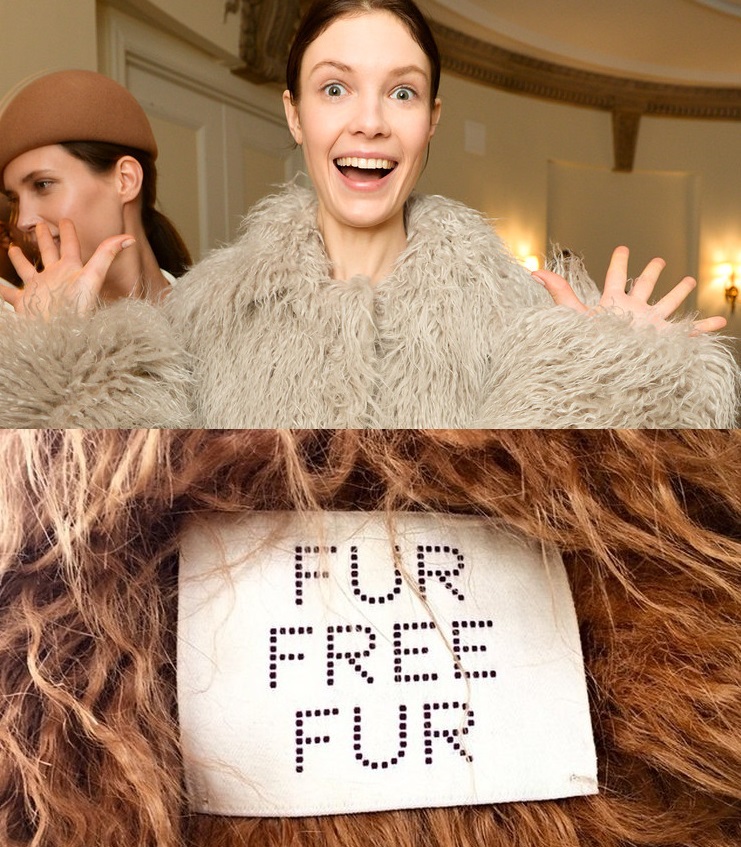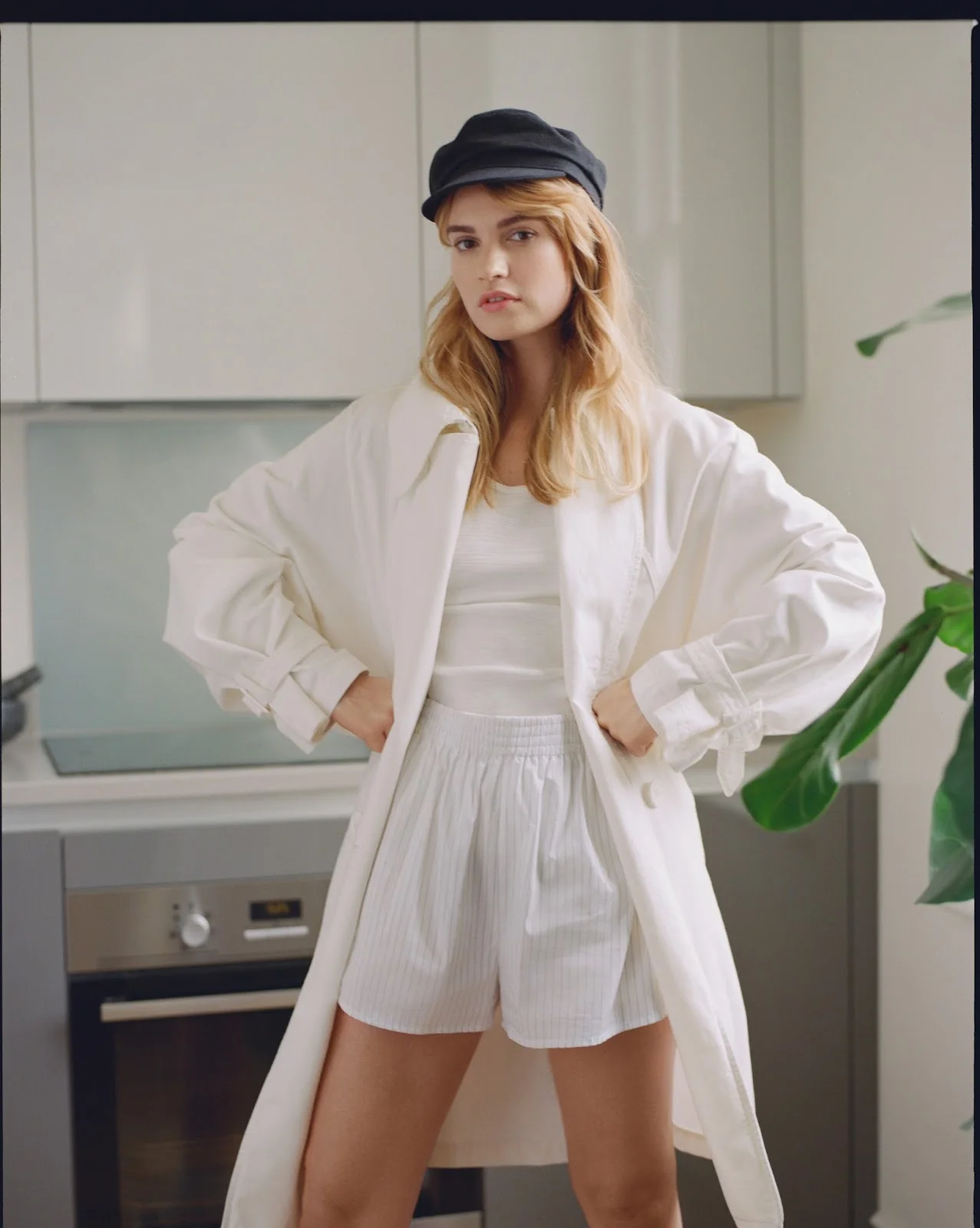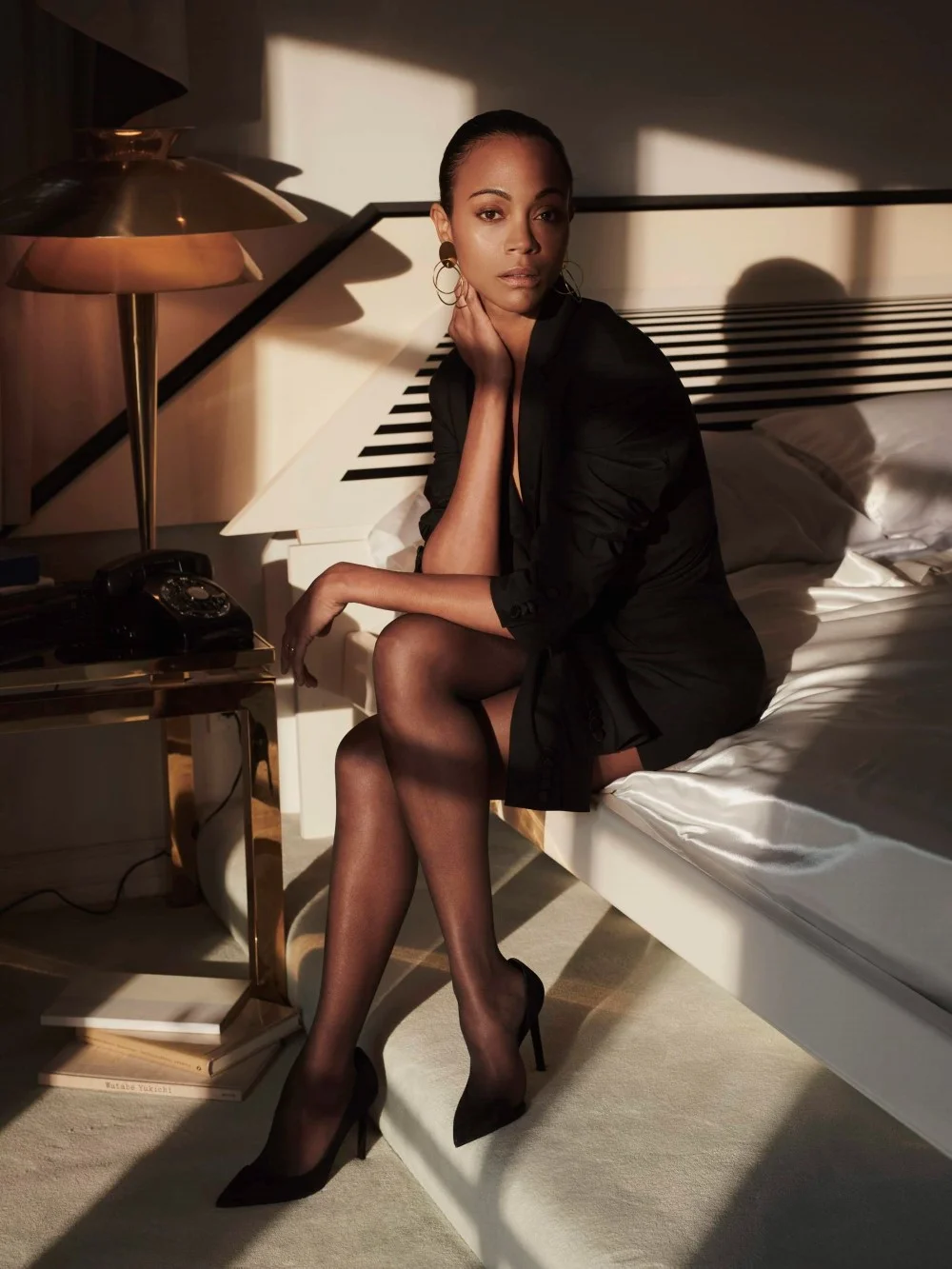Rising Ballet Star Precious Adams Pushes Racial Boundaries With Rigorous Talent + Eloquence
/NOWNESS introduces us to English National Ballet rising star Precious Adams, appearing in a short film by Irish director Leonn Ward. Her film affords the Canton, Michigan-born Adams the visual and audio platform for a “youthful take on the rule-bound etiquette of ballet.”
"When Nowness and the English National Ballet approached me asking if I would like to create a film with Precious Adams, one of the few black rising stars in the world of ballet, I was honoured," explains Ward. "I wanted to create a piece of work that pushes beyond the traditional limitations of ballet. I loved that Precious was a tap dancer before she went onto ballet, so I really wanted to incorporate that into the film and sound. I wanted the film to feel real and honest and reveal Precious in her truest form."
As a First Artist, precious Adams is one rank higher than the corps de ballet, with English National Ballet director Tamara Rojo testing her with increasingly demanding parts.
Interviewed by Britain’s Evening Standard, Precious Adams is circumspect about the intersections of racial stereotypes in the world of ballet.
Born in Canton, just outside Detroit, Michigan, much of her childhood was spent abroad, first at dance schools in Toronto and Monte Carlo, then, from the age of 16, at the illustrious Bolshoi Ballet Academy in Moscow. (She now speaks French and Russian.) That’s a big commitment to make in a profession where even a perfect body and talent don’t always guarantee success.
At a younger age, she gave a candid interview about racism in the Bolshoi Ballet Academy, words that came back to haunt her. Today, Adams is focused on the tremendous changes happening in the world of ballet, driven largely by the ability of dancers of color to create their own audiences via social media. “Most dancers have their own Instagram account now — it’s expanded everyone’s minds,” she says.
Of course, there are many battles yet to be won, and pink tights is high on her list.
“When I was a student I never really thought about the uniform — it was just pink tights and pink shoes,” she says. “Then I became a professional and my usual dancewear didn’t make sense. It changes the aesthetic — you want there to be continuation between your upper and lower body and there’s a big disconnect if I put pink tights on.
“But not everyone agrees with that. They’re like: ‘But pink tights, that’s what ballet is.’ In ballet people have very strong ideas about tradition. They think me wearing brown tights in a tutu is somehow ‘incorrect’. But I want to look my best on stage. I’m not colour blind and I think it ruins the line of my body.
Tamara Rojo is receptive to these changes, Precious explains. They are part of a natural evolution that is happening, one in which rules are naturally questioned. AOC has tracked the place of WOC in the ballet world since our inception. With our introduction to Precious Adams, we now have new territory to mine. ~ Anne
Precious Adams, English National Ballet
